#Tatarian honeysuckle
Explore tagged Tumblr posts
Text







Жимолость татарская (Lonicera tatarica). Июнь 24. Tatarian honeysuckle. June 24.
#русский tumblr#россия#природа#лето#парк#декоративный кустарник#цветы#Жимолость татарская#солнечныйдень#макрофото#мои фото#russia#nature#nature photography#summer#sunny day#beauty of nature#ornamental shrub#flowers#Tatarian honeysuckle#flower photography#flower aesthetic#bloomcore#park#original photography#photographers on tumblr#my photos#macro photography
260 notes
·
View notes
Text




Природа / Nature (2) (3) (4) by Elena Kalashnik
7 notes
·
View notes
Text
there are so many invasive and/or hard to kill plants in my yard lmao we have creeping charlie (in the mint family), tatarian honeysuckle, a couple black walnut trees, a bunch of ivy I haven’t identified!!! they’re all fighting a war and the dandelions are caught in the crossfire
#it’s fun collecting the flowers around my house and trying to identify them#the tatarian honeysuckle I just saw today and learned about today#I learned about creeping charlie last tuesday#also I don’t think black walnut is invasive or hard to kill but it does kill everything else around it#so#that’s why I included it
0 notes
Note
I know honeysuckle has already been submitted but i just wanted to let yall know a study found that tatarian honeysuckle (and silvervine and valerian root) can give some cats the same reaction as catnip, even cats who dont react to catnip. Drug references abound:
I propose honeysucklesip as a medicine cat who constantle chews on honeysuckle like a drug. Silvervine would also work on its own but you could have silvervineleaf, silvervinetail, silvervineslip. Valerianroot could be a name on its own. I dont remember if theres canon anesthesia in wc but these would probably be used for it. Anesthesiologist bonesetter cat named SilvervineSet.
Bonesetter is also a valid name
114 notes
·
View notes
Note
So which do you guys prefer? Classic catnip, valerian, silver vine, or tatarian honeysuckle?

"Those of us who are cultured know silver vine is the best choice for its effect."

"There are other kinds of nip? Nomad, why didn't you tell me?"

"It's already enough that catnip is expensive, especially in the bulk amounts I need for my drug-head oaf. Now he's going to start asking for different kinds. Thanks a lot!"
#tokyo afterschool summoners#housamo#ask macan#macan#magan#tokyo afterschool#ask blog#askmacan#magandangumaga#tas
9 notes
·
View notes
Text
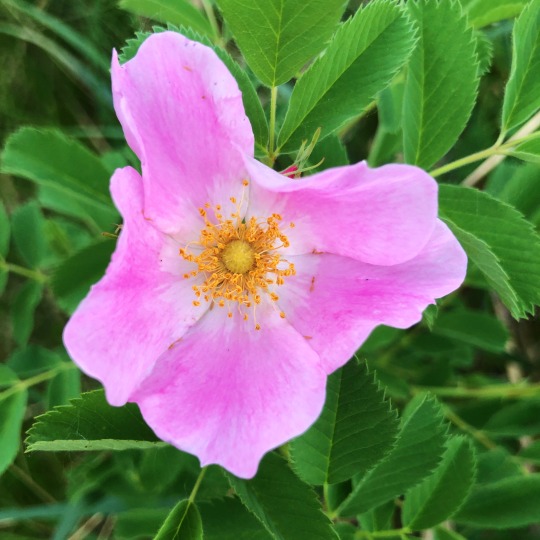

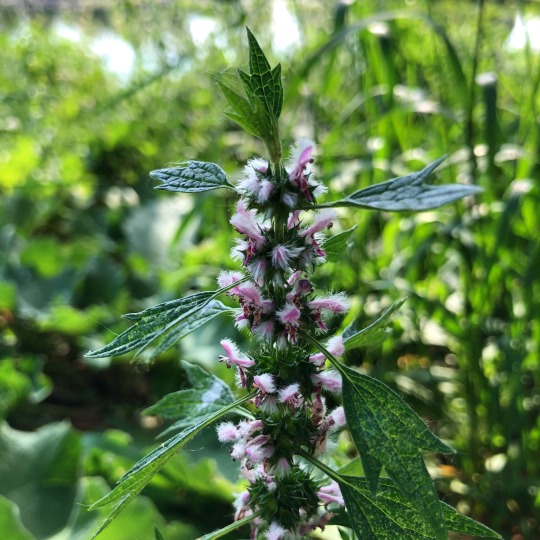
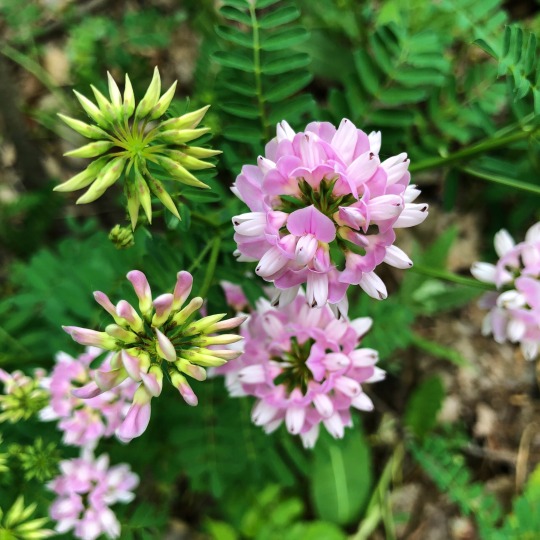

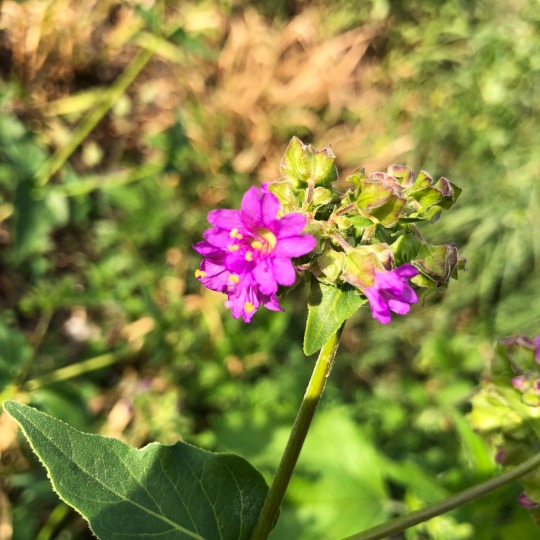
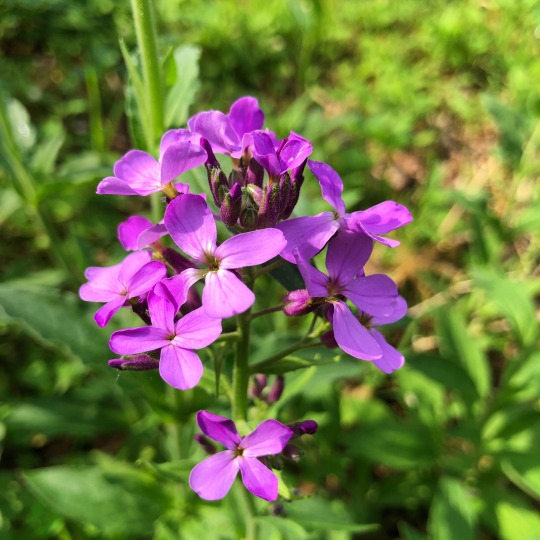
Rosa arkansana (prairie rose)
Lonicera tatarica (tatarian honeysuckle)
Leonurus cardiaca (motherwort)
Securigera varia (crown vetch)
Erigeron philadelphicus (Philadelphia fleabane)
Mirabilis nyctaginea (wild four o’clock)
Hesperis matronalis (dame’s rocket)
5 notes
·
View notes
Text
#aFactADay2024
#1402: catnip is famously an "olfactory enrichment" (pronounced: recreational drug) for cats, but around one in three cats don't really care for it. in fact, four-fifths of cats get euphoria from silver vine (aka cat powder and related to kiwis), and usually more intensely than with catnip. most cats that aren't bothered by catnip respond instead to silver vine, so you can use that to get your pets high if you want. tatarian honeysuckle and valerian root are other alternatives should you fancy branching out, although they're slightly less popular among domesticated cats. funnily enough, tigers seem to be a little divided on their catnip opinions but were unanimously insulted by the silver vine. we're not entirely sure of which chemical in which is exactly causing what but there's a family of attractants called iridoids that may be the ticket, including nepetalacetone, nepetalactol and actinidine.
0 notes
Text

20230626 West Branch Iowa trail
TATARIAN HONEYSUCKLE Lonicera tatarica
1 note
·
View note
Note
so obviously there is catnip shots (like they compress the juice out) but LITLE KNOWN FACT, Valerian root can also have a similar effect to catnip for cats, so it’s on the menu. Tatarian honeysuckle also might have that effect, so that’s there too Of course there is mice and birds to eat, along with voles, moles, you know. Snacky kind of things. Bread is an option too if they want that. Small menus but they can mix as they please to make cocktails, water is an option so they can like, dull some effects by adding more water to their shot. You may notice that milk isn’t an option. That’s because most grown cats are actually lactose intolerant like most mamals.
How's your cat musical thing coming?
-- @moongirlwidow
P.s. Kiki says hi!
hello kitty:3
We're doing fine. Goose keeps eating parts of the set tho and the cats try to as well, except they actually. You know. Don't have tentacles in their mouths. But it's ok and I have enough random cats to get stuff done>:3
20 notes
·
View notes
Photo

Early part of the sunrise at Leaser Lake.
I know tatarian honeysuckle, Lonicera tatarica, is invasive, but it looked pretty nice right then.
891K notes
·
View notes
Text



Plant of the Day
Tuesday 30 April 2019
The early flowering, multi-stemmed, deciduous shrub Lonicera tatarica (Tatarian honeysuckle) is a native of eastern Asia but in North America, where it was introduced as an ornamental in 1752, it can be invasive. It will readily establish in open woodlands, fields, and other disturbed sites. It can spread rapidly due to birds and mammals feeding on the fruit and so spreading the seeds. The dense growth can restrict native plant growth and tree seedling establishment. However, this plant was being well behaved at the Royal Botanic Gardens, Kew, UK.
Jill Raggett
#lonicera#shrubhoneysuckle#Tatarian honeysuckle#deciduousshrub#springflowers#pinkflowers#scentedflower#invasive#invasivespecies#shrub#shrubborder#kewgardens#botanicgarden#london#plants#writtledesign#mhort#gardens
64 notes
·
View notes
Photo
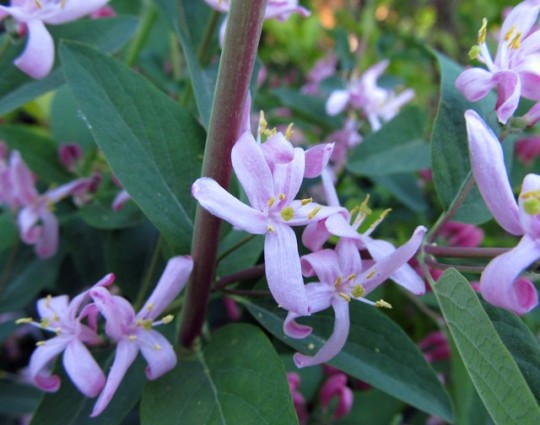
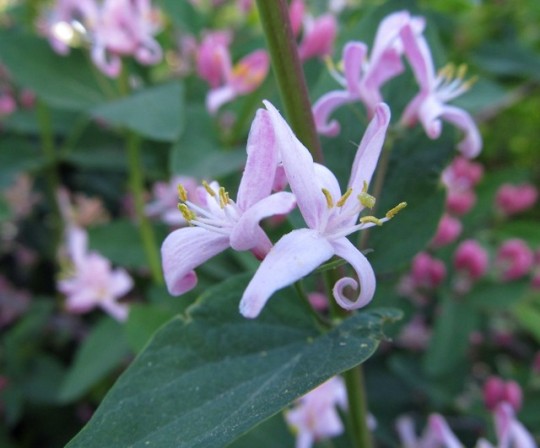
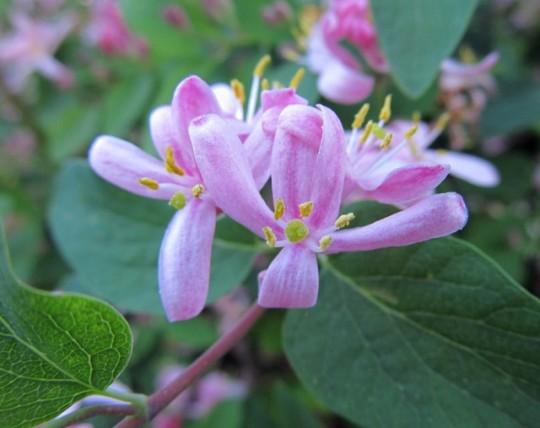
Tatarian honeysuckle (Lonicera tatarica)
#Tatarian honeysuckle#honeysuckle#Lonicera#Lonicera tatarica#flowers#spring#spring flowers#Caprifoliaceae#citizen botany#botany#phytocurious
34 notes
·
View notes
Text

Caprifoliaceae Lonicera tatarica
Tatarian Honeysuckle
Identification via Pl@ntNet
0 notes
Text
Invasive Plants - Connecticut
Be careful of these plants this spring. They just might take over!
- Mugwort
- False Indigo
- Barberry
- Jimsonweed
- Ground Ivy
- Yellow Iris
- Amur/Morrow/Belle/Dwarf/Tatarian Honeysuckle
- Forget Me Not
- Water Cress
11 notes
·
View notes
Text


Lonicera tatarica (Tatarian honeysuckle) along the banks of Shingle Creek. Classified as a restricted noxious weed in MN, due to its invasiveness. The berries are so bright and pretty, it’s hard to remember it’s pushing out native plants.
2 notes
·
View notes
Text
Herb - Catnip
In paganism and in Wicca, many herbs have magical connotations along with their everyday uses in the kitchen. As with the crystal of the week safety is rather important so if its not something that would be used in everyday cooking such as Thyme, Mint or other things, don’t use it without talking with a doctor -period- end of story.
This week its going to be Catnip, lets get into the scientific side of things:
Order: Lamiales
Family: Lamiaceae
Genus: Nepeta
Species: N. cataria
Catnip, or nepeta cataria, has also been known as catswort, catwort, and catmint throughout time and in different areas of the world. Catnip is a short lived, perennial plant that blooms from late spring into autumn. It resembles typical mints with its coarse-toothed leaves that range from triangular to elliptical in shape. This plant also has small fragrant flowers that are pink in color, or white with small spots of pale purple. This plant is rather drought resistant, and also seems to be rather deer resistant. However it prefers full sun.
A warning to those who decide to plant this in their own gardens: This plant grows fast and spreads quickly so it is best to plant it in above ground containers -lest it take over your entire garden. Catnip is also good for your garden as it helps to attract lacewing “flies” which eat aphids and mites. It also seems to repel mosquitoes, cockroaches, and termites. It does, however, attract butterflies and around 2/3rds of the worlds cats.
As with any plant this can cause allergic reactions so be careful with it. Its oil is sometimes used as an insect repellent. It has been used for human sicknesses and pains in the past in the forms of teas, juice, tinctures, infusion, or poultice, and has also been smoked for the same reasons. However use with humans has fallen off due to the growth of modern medicine.
Also as we know, this plant has a strong effect on cats. Truth is it only effects roughly 2/3rds of cats; However this has been shown to include leopards, cougars, servals, and lynxes -along with lions and tigers, however these last two aren't as consistent. About one-third of cats are not affected by catnip and this behavior is hereditary. Other plants that can have a similar effect on cats include valerian root and leaves; silver vine, or matatabi, which is popular in Asia; and Tatarian honeysuckle wood. Many cats that do not respond to catnip however, do respond to one or more of these three alternatives.
Now on to the more mythological and spiritual uses and meanings. While catnip doesn't seem to have any myths or legends to its name it can still be used in cooking by turning it into teas or as garnishes for food but what else can it be used for?
In the past catnip has been used for stress relief and aiding in digestion. Its commonly known as “Cats best Friend.” Its currently used in:
Friendship or Family Spells
Feline Magics
Attracting Friendly Spirits
Luck, Happiness, Beauty, Dream, and Tranquility Spells
It can also be used in sachets for protection and dream work
Psychic work
Offerings to Bast or other Deities associated with felines
As you can see it is a rather useful herb for any witch or pagan. These days it is generally associated with water, Venus and the feminine. However every path and practice may view it differently as no path is truly identical.Join us next week with Sage.
9 notes
·
View notes